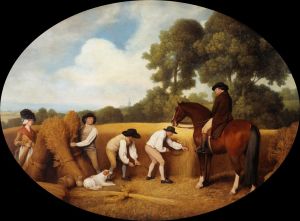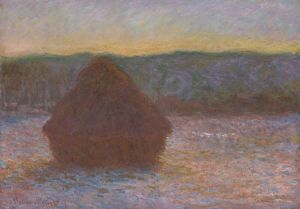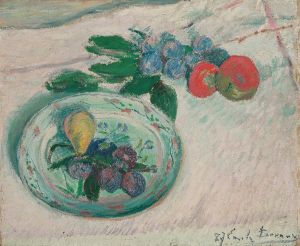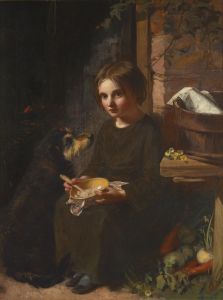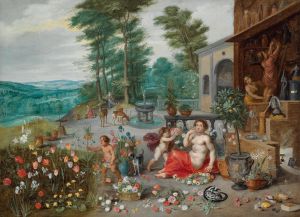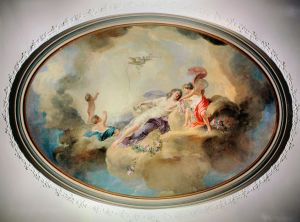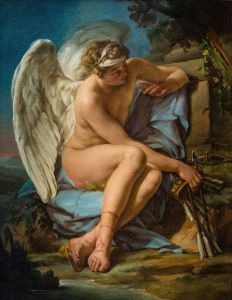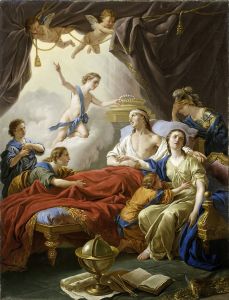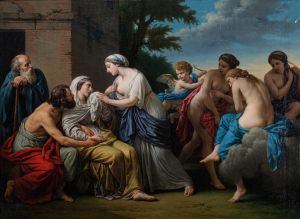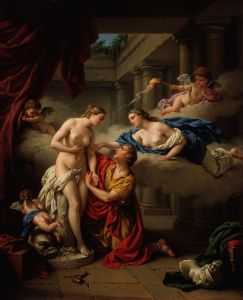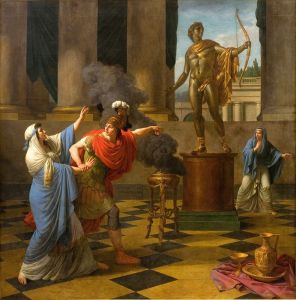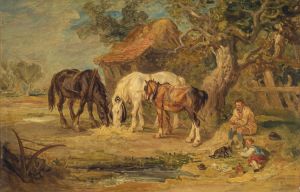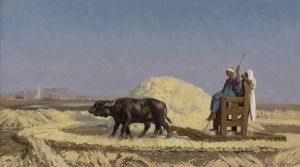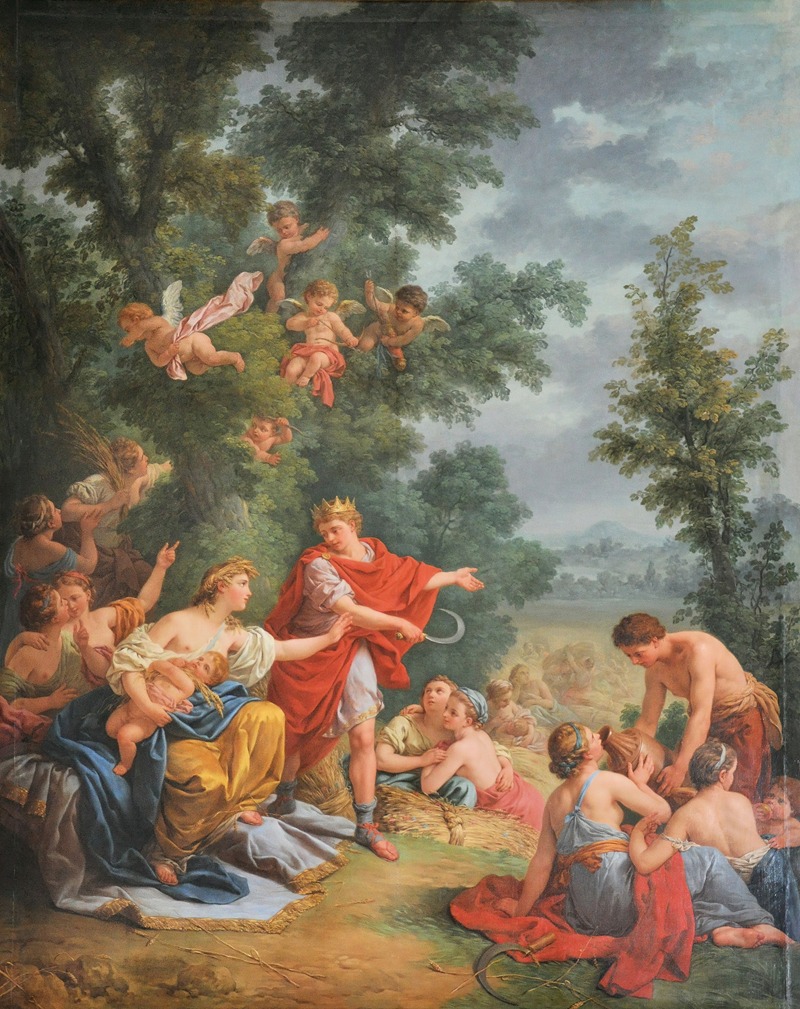
Cérès ou l’Agriculture
A hand-painted replica of Louis-Jean-François Lagrenée’s masterpiece Cérès ou l’Agriculture, meticulously crafted by professional artists to capture the true essence of the original. Each piece is created with museum-quality canvas and rare mineral pigments, carefully painted by experienced artists with delicate brushstrokes and rich, layered colors to perfectly recreate the texture of the original artwork. Unlike machine-printed reproductions, this hand-painted version brings the painting to life, infused with the artist’s emotions and skill in every stroke. Whether for personal collection or home decoration, it instantly elevates the artistic atmosphere of any space.
Louis-Jean-François Lagrenée's painting "Cérès ou l’Agriculture" is an exemplary work that reflects the neoclassical style prevalent during the 18th century. Lagrenée, a prominent French painter, was known for his classical themes and refined technique, which are evident in this particular piece.
"Cérès ou l’Agriculture" depicts Ceres, the Roman goddess of agriculture, grain crops, fertility, and motherly relationships. In Roman mythology, Ceres was a central figure associated with the sustenance and nourishment of humanity, embodying the earth's fertility and the cycle of life and death. The painting captures the essence of Ceres as a nurturing and life-giving deity, emphasizing her role in agriculture.
Lagrenée's portrayal of Ceres is characterized by a harmonious composition and a delicate use of color, typical of the neoclassical movement, which sought to revive the classical ideals of beauty and symmetry. The goddess is often depicted with symbols associated with agriculture, such as sheaves of wheat or a cornucopia, representing abundance and prosperity. These elements are likely present in the painting, reinforcing the theme of fertility and growth.
The artist's skillful use of light and shadow adds depth to the painting, highlighting Ceres' serene expression and the flowing drapery of her attire. This attention to detail and the idealized form of the goddess reflect the influence of classical antiquity on Lagrenée's work. The neoclassical style often drew inspiration from the art and culture of ancient Greece and Rome, aiming to convey moral and philosophical messages through its subjects.
Lagrenée was a member of the Académie Royale de Peinture et de Sculpture and served as a professor and director at the French Academy in Rome. His academic background and exposure to classical art during his time in Italy significantly influenced his artistic approach. "Cérès ou l’Agriculture" exemplifies his ability to blend classical themes with the refined elegance characteristic of the neoclassical period.
The painting not only highlights Lagrenée's technical prowess but also reflects the cultural and intellectual currents of the Enlightenment era, during which there was a renewed interest in classical antiquity and its ideals. Art from this period often sought to convey messages of reason, order, and harmony, aligning with the broader philosophical movements of the time.
While specific details about the commission or the current location of "Cérès ou l’Agriculture" are not widely documented, the work remains an important example of Lagrenée's contribution to neoclassical art. His ability to capture the grace and dignity of mythological subjects continues to be appreciated by art historians and enthusiasts alike.
In summary, Louis-Jean-François Lagrenée's "Cérès ou l’Agriculture" is a testament to the enduring appeal of classical mythology and the neoclassical style. Through his depiction of Ceres, Lagrenée not only celebrates the goddess's significance in Roman culture but also showcases the artistic ideals of his time.





